"The talk of COVID has died down in the EU," says Danny Deen from the Dutch company, Denimpex. "Now, energy prices, inflation, nitrogen, and rising labor and freight costs are causing alarm. But in China, COVID-19 is still negatively affecting the economy. There are still many areas in lockdown. They have a zero-tolerance policy. In Jining and Jinxiang, people aren't allowed to leave their homes at certain times. Packing plants are at a standstill because employees are denied access."
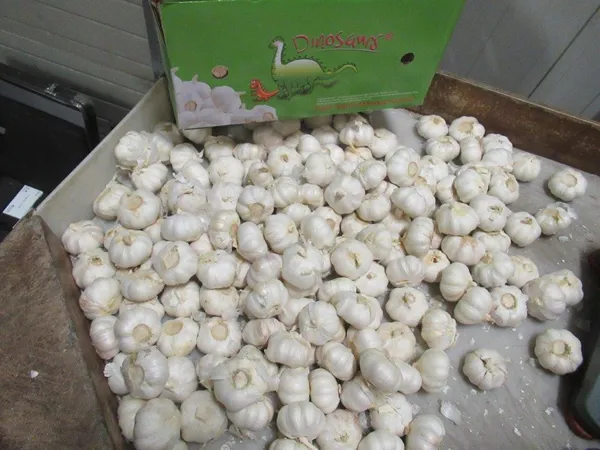
This experienced garlic importer says crops differ tremendously worldwide. "Spain has more purple garlic than white, as does China. So there's 20-30% less pure white garlic being harvested, while there's the same percentage more of the purple kind. The sizes are generally the same as in previous seasons. The weather was better during harvesting in China, so their garlic's quality is much better than in the last three seasons. In Spain, the heat has caused some sun damage."
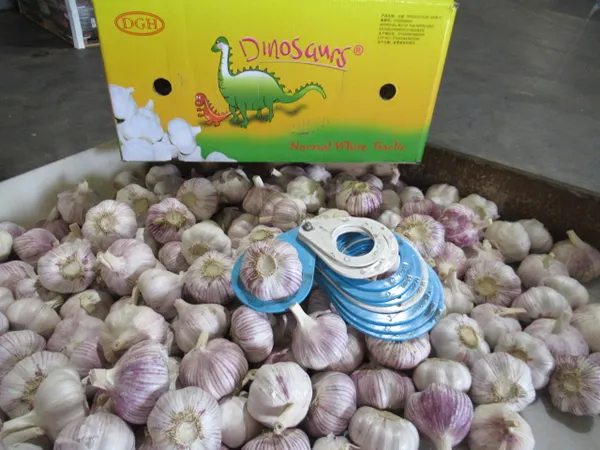
In the last quarter of 2021, a lot of garlic arrived in the EU from China because of the war in Ukraine and the new garlic quota system. "That means that now, in September, there's still a lot of old stock available, even though it no longer really meets Western European quality standards. The new crop that began arriving on the market in late June is being eagerly sought. But considerably less has been shipped because the various cold storage facilities have less room for the new crop," Danny explains.
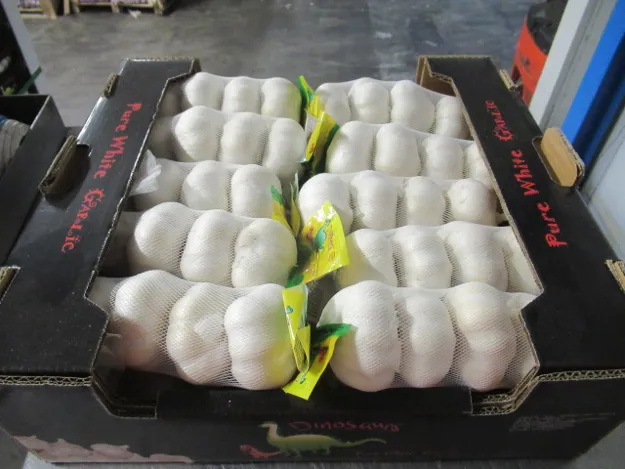
"Sea freight is still very costly. With the export volume from Asia declining noticeably, freight rates also dropped, but certainly to previous levels. Large shipping companies 'simply' took several vessels out of service, creating an artificial shortage. That means prices are rising a little again."
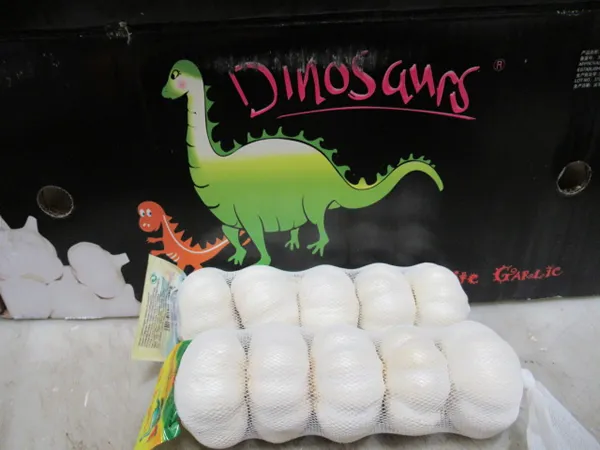
Danny says the Chinese supply will determine how the market will develop. "That has, thus far, been very limited and expensive because of the exchange rate, expensive sea freight, and other costs. But, Spanish garlic has also become far pricier due to things like higher labor and transport costs. We'll have to hike sales prices if this season is to yield a positive result for everyone in the garlic trade," he concludes.
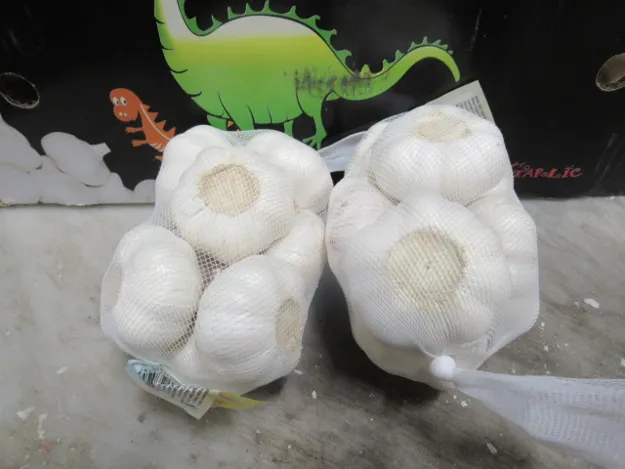
 For more information:
For more information:
Danny Deen
Denimpex
10 Sint Antoniesbree Street
1011 HB, Amsterdam, NL
Tel: +31 (0) 206 246 390
Email: danny@denimpex.nl
Website: www.denimpex.nl
